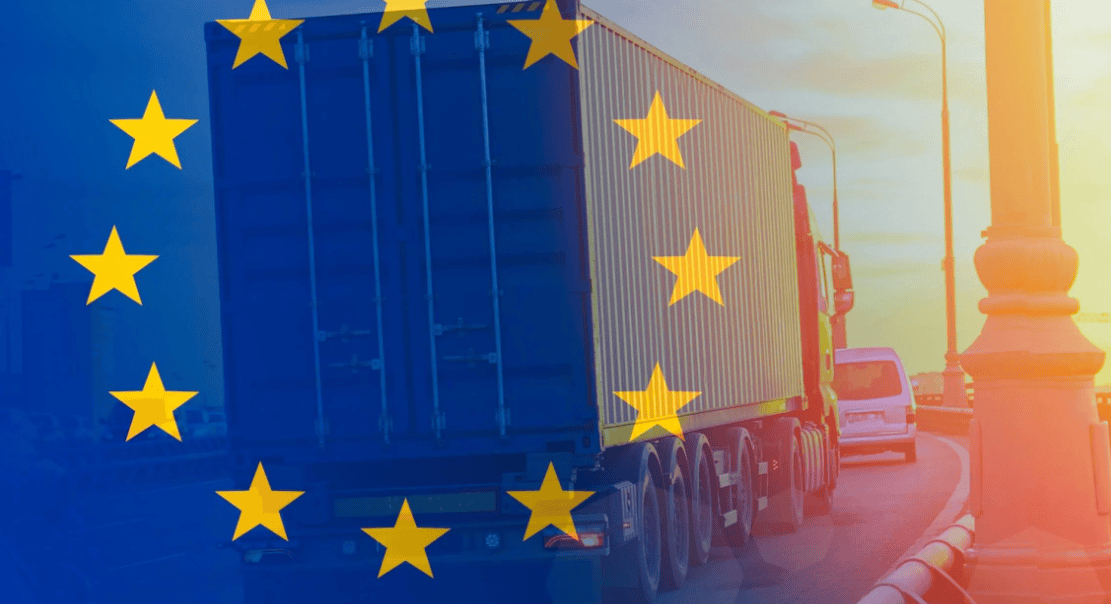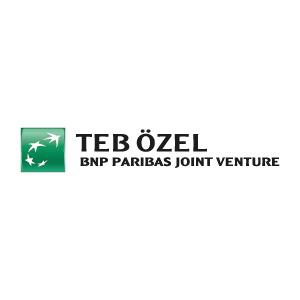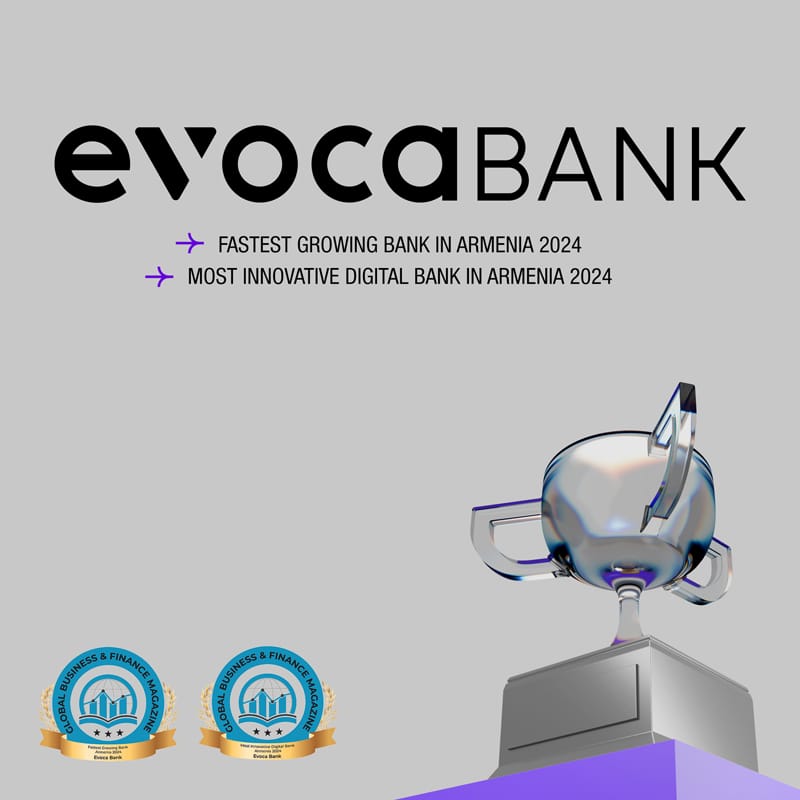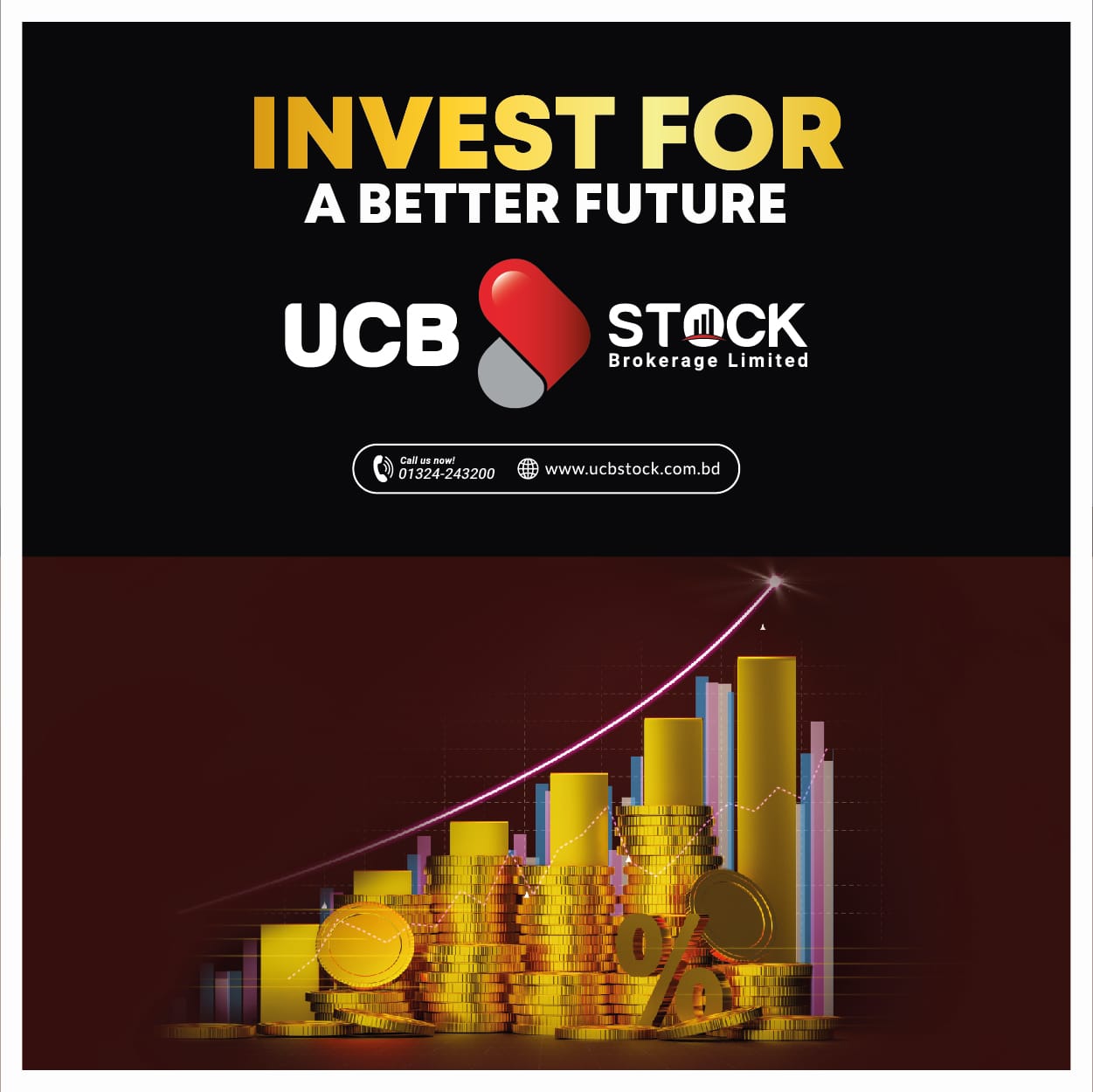The European Union’s Clean Industrial Deal, due to be proposed on 26 February 2025, will be a plan to create a conducive business environment for an industrial transformation that will marry decarbonisation with industrial competitiveness. Where does Europe stand on this transformation currently, however? Based on the Bruegel Clean Tech Tracker (Jugé et al, 2024), we look at five aspects the clean industrial deal is sure to take into account:
- Trade data suggests a rather neutral picture. EU imports and exports of clean technologies are roughly similar in value;
- Our research points to a substantial growth in EU clean-tech investment since 2021, driven by battery cell manufacturing;
- Manufacturing facilities are spread right across Europe. While Germany has the most facilities, Poland and Hungary lead in terms of operational capacity in battery cell manufacturing;
- Beyond clean technologies, such as solar panels and batteries, a major industrial transformation is required in a number of highly emitting heavy industry sectors, such as steel and cement. In these, technologies are still at demonstration level and further research, time and investment are needed to reach commercial deployment;
- The heat pump sector is the largest clean-tech employer in Europe, not considering vehicle supply chains.
The EU has a neutral clean-tech trade balance
The energy transition has led to a booming trade in clean technologies 1 . The EU’s clean-tech trade balance is roughly neutral, with imports and exports of similar values. A typical month in 2024 saw the EU export between €5 billion and €6 billion worth of clean tech (Figure 1), while importing close to €6 billion. Exports are dominated by electric vehicles, while imports are dominated by electric vehicles and batteries.
After Russia’s invasion of Ukraine and the 2022 European energy crisis, European companies rushed to import solar panels. Imports for many months exceeded demand, leading to substantial stockpiling (McWilliams et al, 2024). The value of solar imports thus grew during this period, peaking at €2.5 billion in August 2022 (Figure 1). As the energy situation has calmed, solar module prices have reduced substantially, and the EU’s solar import spend is now closer to €1 billion monthly.
The EU’s two largest trading partners for clean technologies are China and the US (Figure 2). The overwhelming majority of the EU’s clean-tech imports come from China. Meanwhile, the EU has a positive trade balance with the US, largely driven by exports of electric vehicles of around €1 billion monthly. Electric vehicle flows into the EU from the US are closer to €0.2 billion monthly.
Clean-tech investment is growing, driven by batteries
For the manufacture of clean technologies, the overwhelming majority of capital investment is required for the battery value chain (and specifically for battery-cell manufacturing). In the US, approximately 80 percent of clean-tech manufacturing investments in the last two years have been in batteries 2 .
For the EU, we have tracked a little over €36 billion in investment since January 2021 in battery manufacturing facilities 3 , with a significantly increasing trend (Figure 3). Actual realised quarterly investments were estimated at €500 million in the first quarter of 2021, compared to a little under €3.5 billion in the last quarter of 2024.
The geographic spread of clean-tech manufacturing across the EU
Figure 4 plots the location of over 450 facilities for the manufacture of solar panels, wind turbines, heat pumps and batteries. The size of each dot in each country corresponds to the number of facilities in that country. Germany has the largest number of operational clean-tech manufacturing facilities, followed by Spain and Italy.
Figure 4: Number of clean-technology manufacturing facilities by country
Source: Bruegel European clean tech tracker (Jugé et al, 2025).
Poland and Hungary are the driving forces of the EU’s battery-cell manufacturing capacity (Figure 5). Poland’s capacity comes from the LG facility near Wroclaw, whose construction began in 2016 4 and has expanded steadily to an estimated capacity of 86 gigawatt hours today (for context, a rough estimate for EU battery cell demand in 2025 is around 200 GWh) (Transport & Environment, 2023). Most of Hungary’s capacities are accounted for by the Samsung SDI facility (30 GWh) in Göd and SK Group’s facilities in Komárom (7.5 GWh). Ongoing expansion at both sites, alongside fresh investments from CATL and Eve Energy (both Chinese) mean Hungary should have the largest capacity in the EU, once under-construction facilities come online.
Heavy industry decarbonisation just starting
Technological solutions for decarbonising a set of highly emitting heavy industrial sectors, including steel, cement and chemicals, are needed urgently. Where solutions are gradually emerging, their large-scale deployment remains limited, and the focus is still on pilot projects and demonstration plants, which are essential to enable commercialisation by 2030. Developing scalable technologies is a priority for global decarbonisation and an opportunity for European firms to assume a leading role in future green industries.
We focus here on steel and cement. In the steel industry, the main challenge is to decarbonise primary crude-steel production. The main pathways include direct reduction of iron ore using clean hydrogen (H-DRI) instead of coal, to then produce steel in electric arc furnaces (EAF); or adding carbon capture and storage (CCS) to traditional steel-production routes.
For cement, both the provision of energy and the chemical process of producing clinker need to be decarbonised. Industry is largely focussing on carbon capture storage and utilisation technologies (CCUS), while breakthroughs in alternative technologies are still being explored (Marmier, 2023). CCUS technology accounts for two-thirds of the clean-cement projects identified in Figure 6.
Figure 6 shows the location of industrial initiatives, either under construction or operational, aimed at decarbonising steel and cement production. Projects are still relatively few and are concentrated in western Europe. Six clean-cement projects and eleven clean-steel projects have reached the operational stage.
The location of decarbonisation projects is partly shaped by past industrial locations and new technical constraints. For instance, the establishment of multiple projects in the Ruhr region is likely driven by proximity to markets and existing industrial clusters. From a technical perspective, carbon capture and storage sites in Europe are located, among others, in Brevik (Norway) and Dunkirk (France). This is to take advantage of the ability to store carbon emissions under the sea.
Figure 6: Cement and steel decarbonisation projects
Source: Bruegel European clean tech tracker (Jugé et al, 2025).
Electrifying energy demand
If one factor in decarbonisation is deploying clean electricity, the other is shifting final energy demand away from fossil fuels and towards electricity. This is the case for homes heated with gas or oil, for vehicles running on diesel or petrol and for industries with heating and cooling requirements met by fossil fuels.
Progress so far has been slow. Across the EU, the share of electricity in final energy demand has been constant at 21 percent since 2016. Modelling from the European Commission (2024) suggests that this should rise to 33 percent by 2030 and 51 percent by 2040 to be in line with climate targets.
Figure 7 shows the electrification share per European country and the electrification shares per country per sector. The industry electrification share in 2023 was around one third in most European countries, with France (37 percent) and Italy (39 percent) at the higher end, Germany and Spain close to the average, and Poland (26 percent) at the lower end.
Jobs
As Europe transitions from carbon-intensive to clean industrial structures, employment will have to follow – ideally facilitated by solid just-transition policy frameworks at both EU and national levels.
The heat pump sector is currently the largest clean tech employer in Europe 5 . The heat-pump sector directly or indirectly employed more than 400,000 workers across the EU in 2022, driven by labour-intensive installation and maintenance processes. Solar PV employed over 346,000 workers in 2022. This was up substantially from 2021, in line with growing solar imports and deployment as the European energy crisis hit throughout 2022 (EurObserver, 2024).
Clean-energy employment has seen sustained growth, with the main clean industries expanding their workforces. While clean jobs in the EU already exceeded 2 million by 2021, recent trends indicate further growth, particularly in clean manufacturing, which accounted for around a third of clean-tech jobs at the time (European Commission, 2025).
Data on EU clean tech and clean industrial transformation remains fragmented, inconsistent and difficult to access, often only available on a commercial basis (McWilliams et al, 2025). To guide policymaking and evaluate initiatives such as the EU Clean Industrial Deal in the years ahead, reliable public data will be needed. The Bruegel European Clean Tech Tracker (Jugé et al, 2025) is one such source, and will continue to be improved and updated.
Source : Bruegel



































































